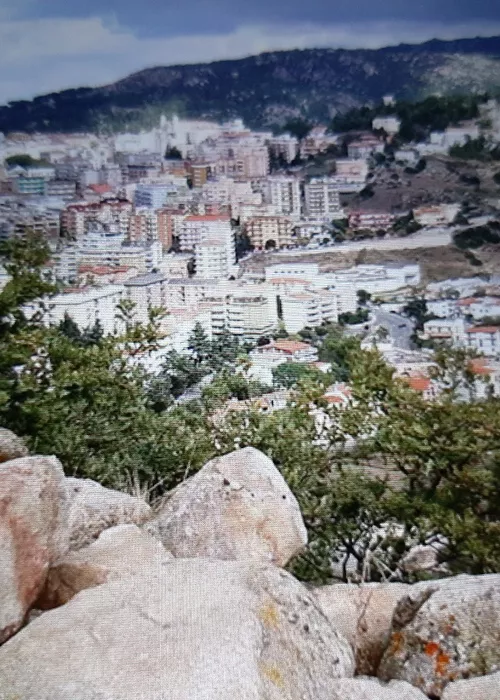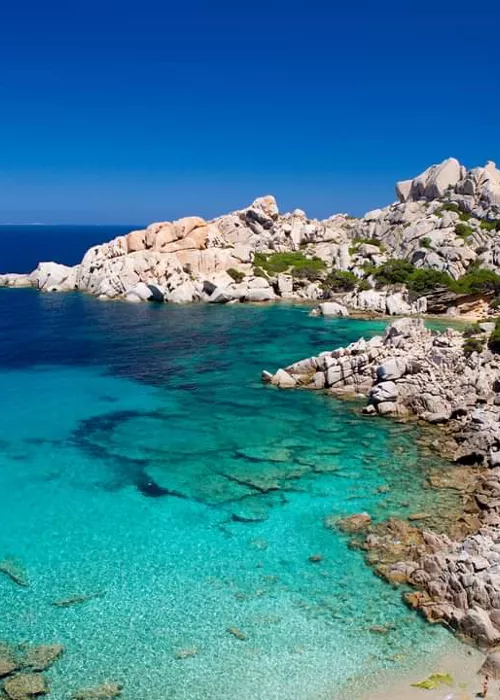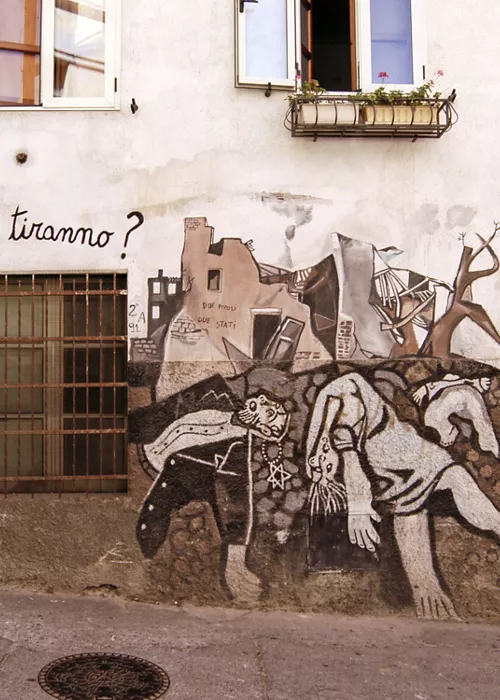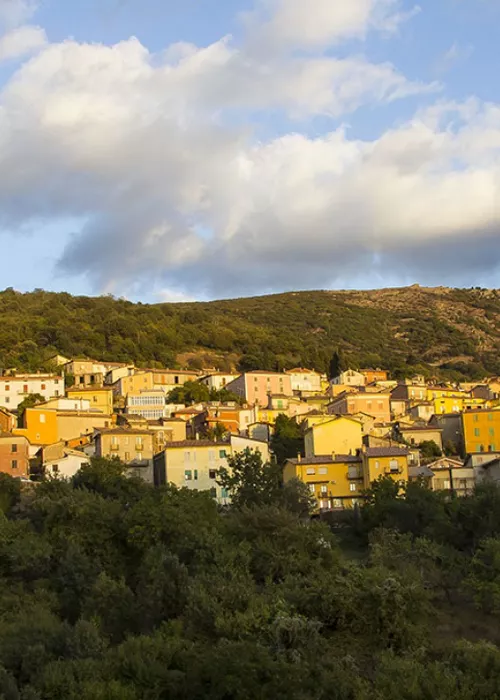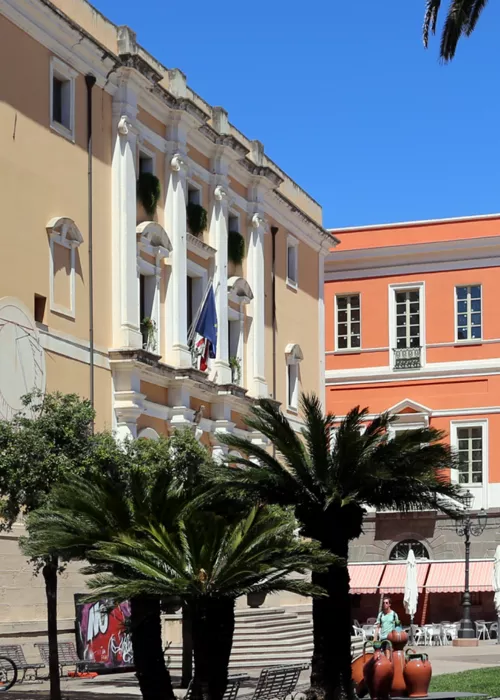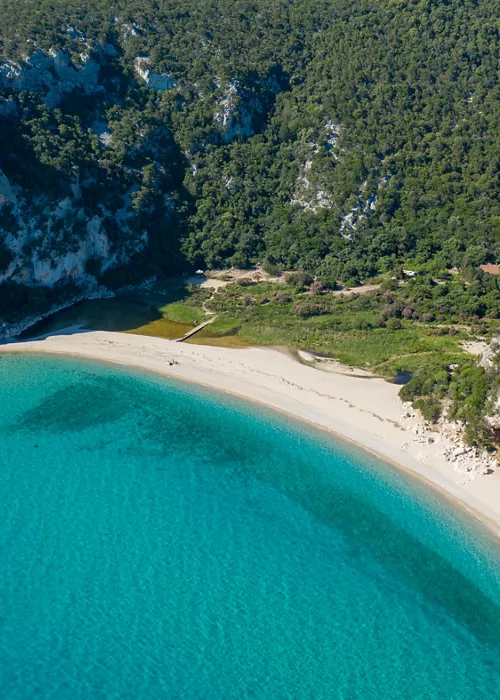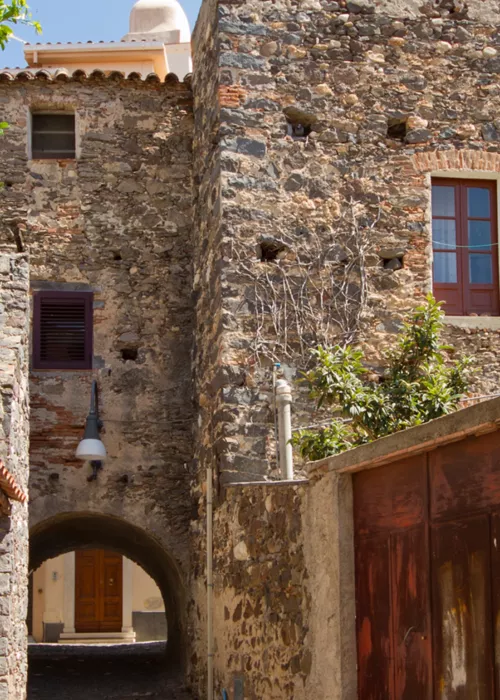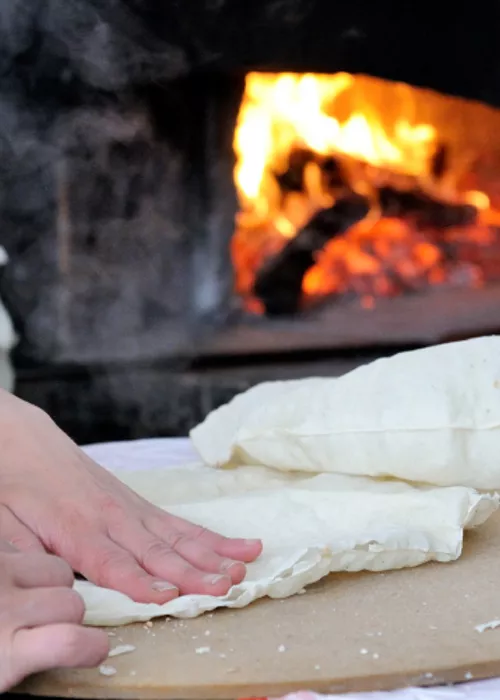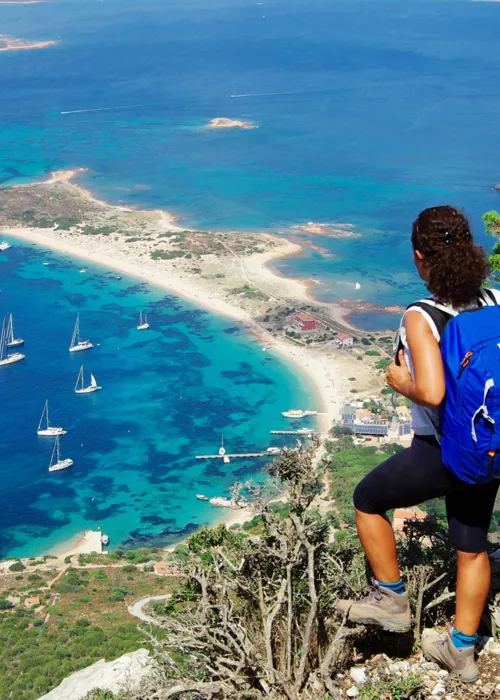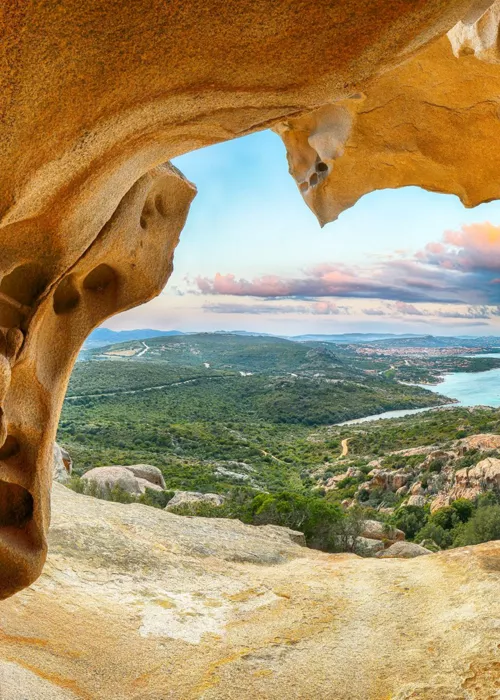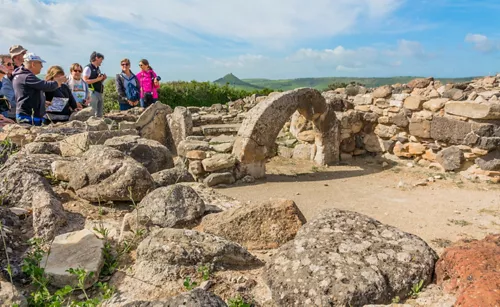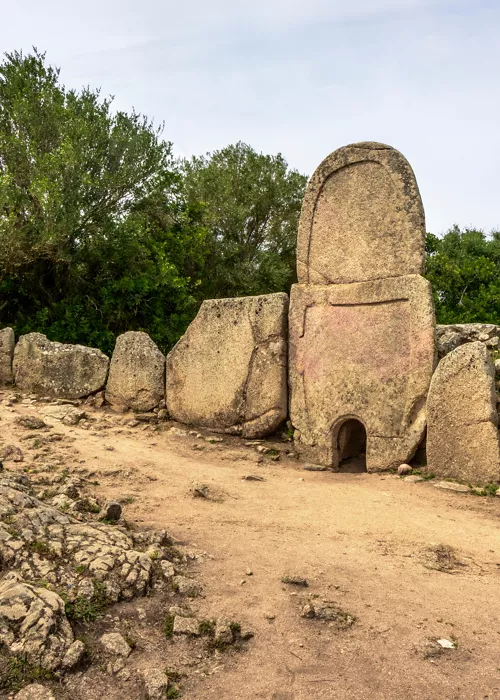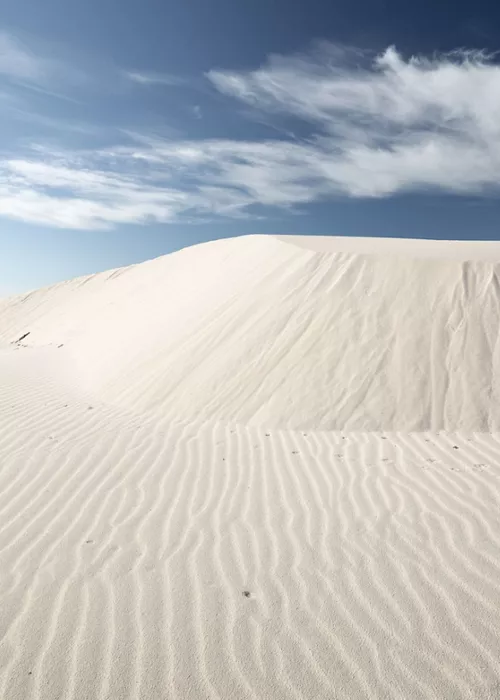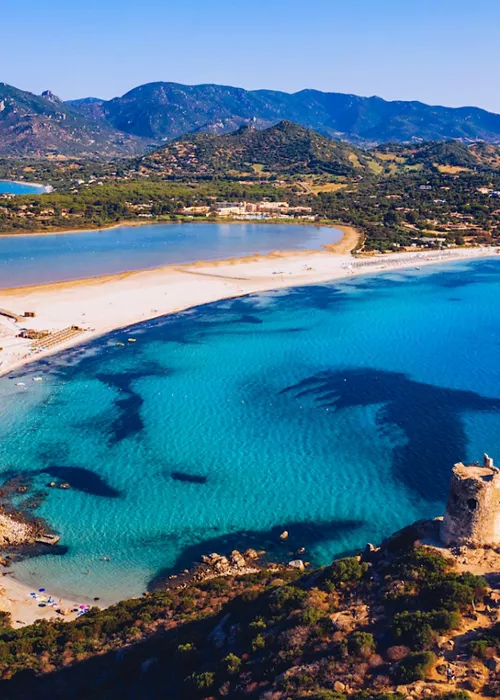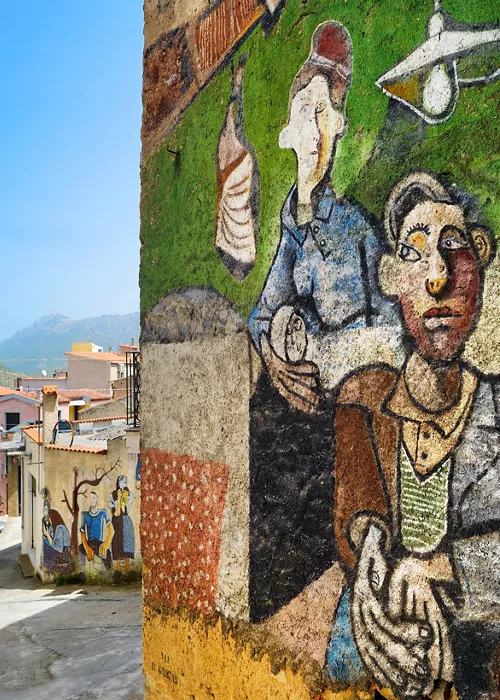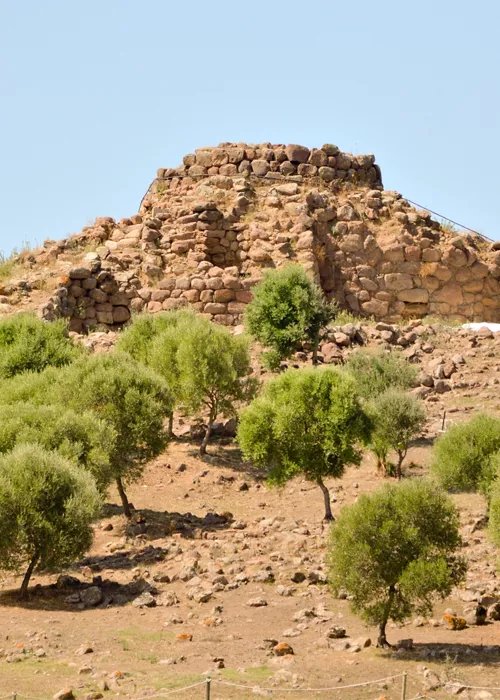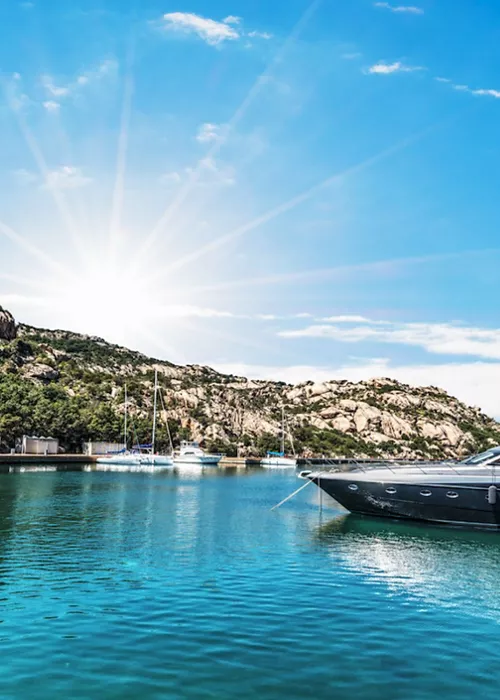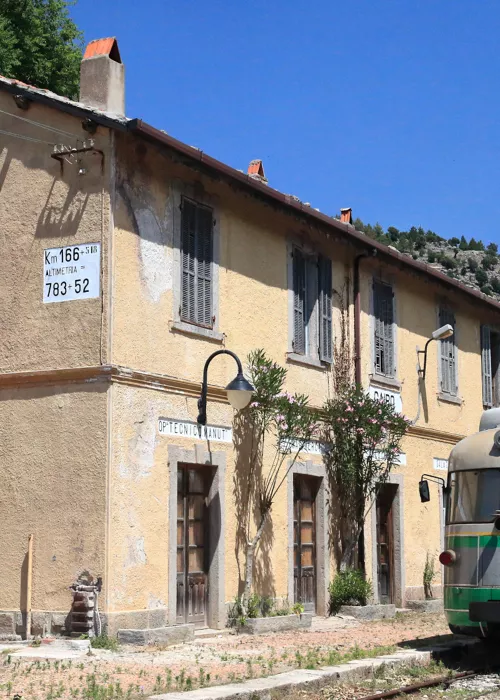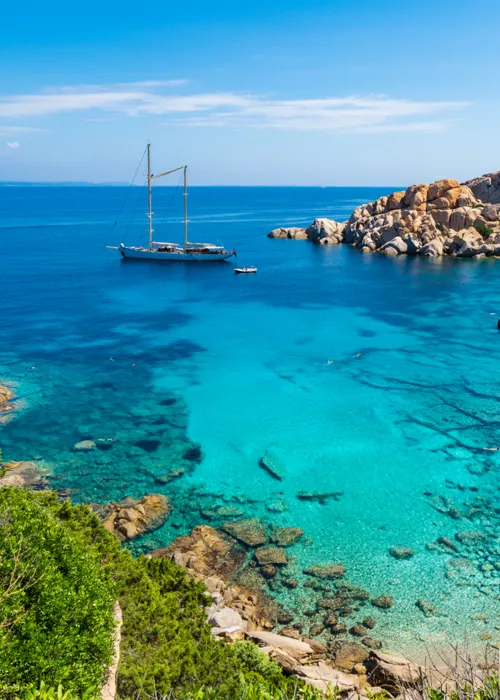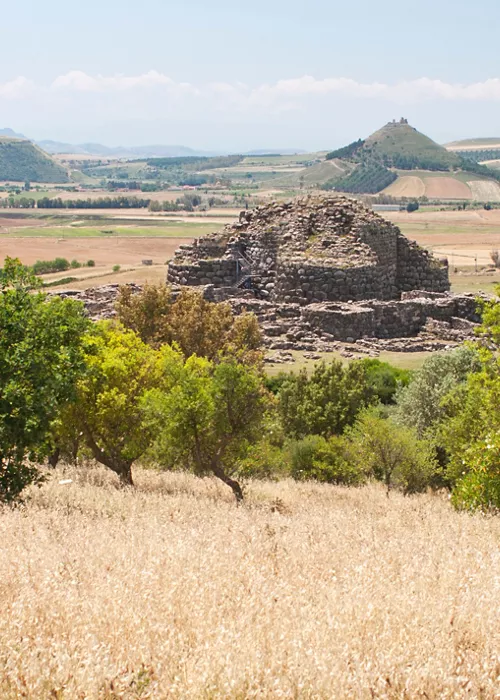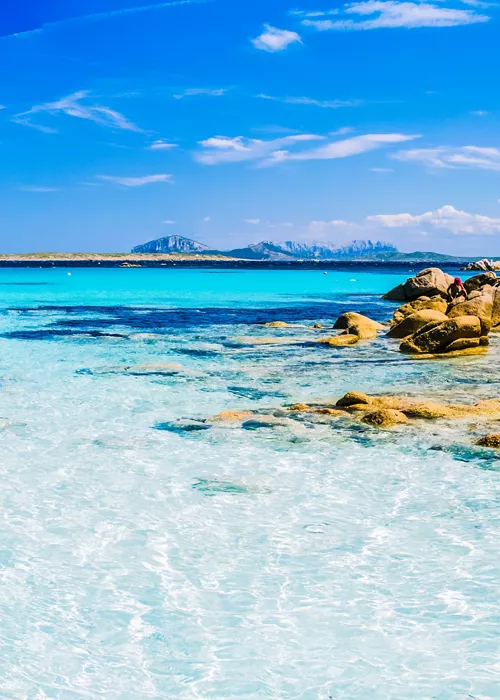Traveling Barbagia
3 minutes
Index
When one thinks of Sardinia, summer, the sea, celebrations and dream destinations oft-frequented by the international jet-set come to mind. But if we try to abandon this narrow image for just a moment, we can discover what the rest of Sardinia is truly about. The largest island in the Mediterranean, after Sicily, it is much more than just the Emerald Coast.
Barbagia
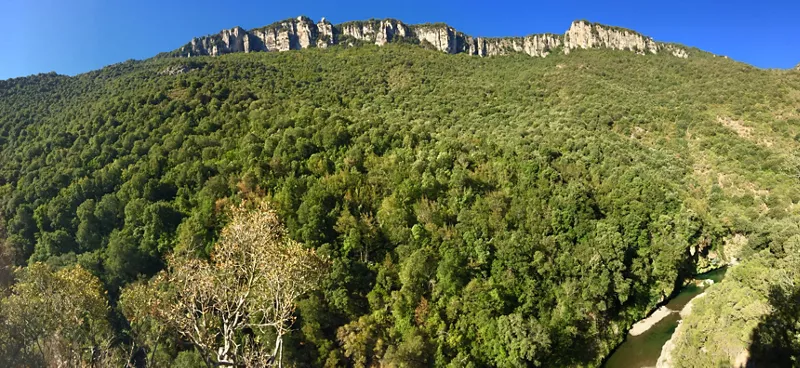
One historic region of Sardinia, Barbagia (struck between Nuoro and the recently-established Province of Ogliastra), is fascinating on the level of the everyday an initial discovery reveals a terrain rugged yet articulated (perhaps the wildest on the Island), and a world where customs and traditions pair with a generous people. It is a life characterized and preceded by millennia of fascinating history.

Barbagia owes its name to the Romans, who called this unconquerable land Barbaria. Today it is both hospitable and rich in beauty. In its east is the Supramonte Ogliastrino, a chalky plateau dominated by Monte Corrasi (4,800 ft high) and extending throughout the territories of Oliena, Orgosolo, Dorgali, Bunei and Urzulei. It is jaw-dropping and spectacular, cut by deep, jagged valleys (called codule) that lead towards the sea by piercing the calceous littoral walls. The result is a spectacular landscape characterized by gorges and cliffs.
Other than its splendid sceneries, visitors to Barbagia should also see the typical stone houses, the characteristic cortes and the artisan workshops, above all those in the towns of Belvì and Aritzo, famous for their carved wooden chests, and for carpentry and wood work in general. Leatherwork is the primary industry in Dorgali, while Oliena is known for tis tailoring, and the most valued copper pots and pans are made in Barbagia di Seulo.
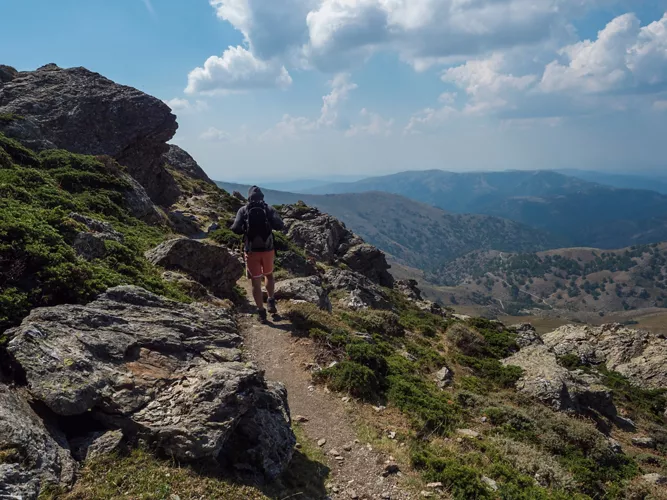
Its numerous excursion routes are a great way to explore Barbagia. The foremost among them is the trail running from Is Muralleddas to Texil it is characterized by holm olks, strawberry trees, and monumental chestnut, cherry and cork oak trees. This path takes those who tread it to Punta Crispisu, which looks onto Tonara, Belvì and Aritzo. Then, along the route towards Funtana Cungiada, we can admire the rural Church of Santa Maria, and enjoy a splendid panorama that expands from the Gulf of Oristano in Ogliastra to the Gennargentu Mountain Chain.
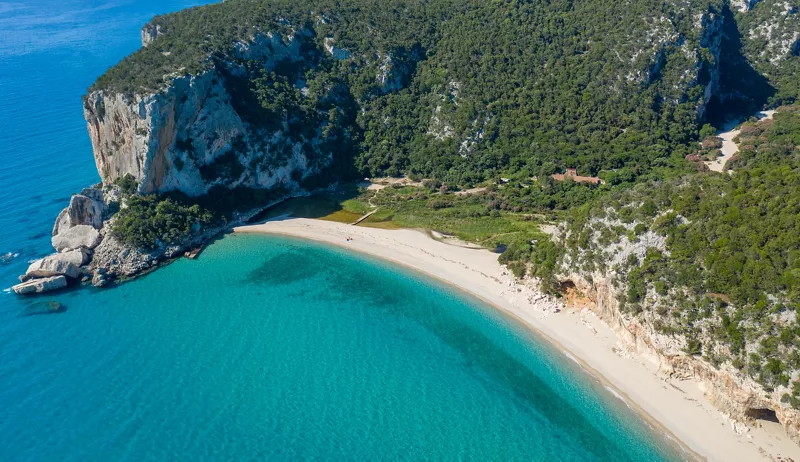
A bit more difficult but set within equally-gorgeous surroundings are the Supramonte Ogliastrino trails. That which runs from Sa Portisca to Cala Luna possesses an abundance of panoramic lookouts over the Gulf of Orosei and the parts of the Supramonte in Dorgali, Urzulei, Bunei and Orgosolo, as well as the Sardinian Deer Reserve and the rural complex of Coile sa Portisca. Be sure tovisit the Nuragic village of Or Murales, with 50 circular stone huts dating to the Bronze Age the Codula di Luna Canyon and the lovely beach at Cala Luna.
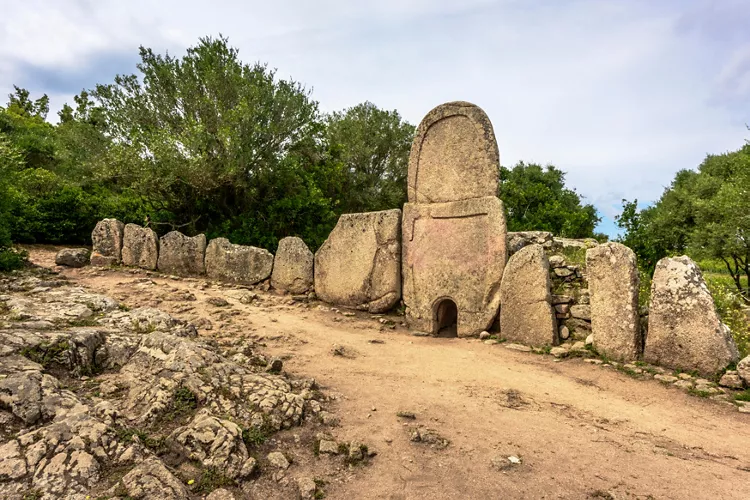
Near Garroppu, a walk reveals imposing pinnacles of rock, the karst formations of the codula or Valley of Orbisi, and the giants‘ tombs of Sa Carchera and the Nuragic village of Orruinas. Finally, the Gorge of Gorroppu is a 1,312-ft deep canyon that encloses the Pischina Urtaddala, a pond in which subterranean waters flow.
And the Sentiero San Giorgio offers the adventure of visiting the Giants' Tombs of S’Arena and the Nuragic village of Perdeballa.
Don’t Miss…
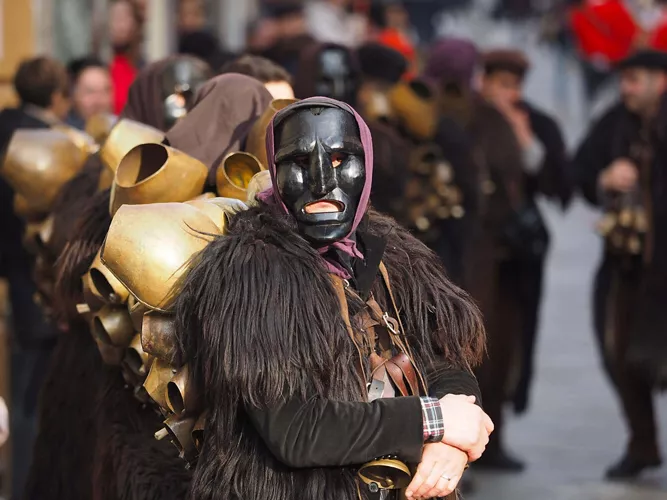
Barbagia’s cultural traditions can be witnessed in its festivals and fairs, like Autunno in Barbagia, held every year from September to December and involvign numerous towns in the area that organize events and performances in their characteristic cortes, in artisan workshops andi n wineries.
The Carnival celebrations in Mamoiada see the mamuthones parade through the streets while, in October, the Chestnut Sagra runs – with exhibits, concerts and folkloric parades - in Aritzo.
For the glutinous among us, the local gastronomy delights with its cheeses, meats, cured meats, sweets and typical wines (e.g. Cannonau) and the famous Filu ’e ferru, Sardinian grappa.


